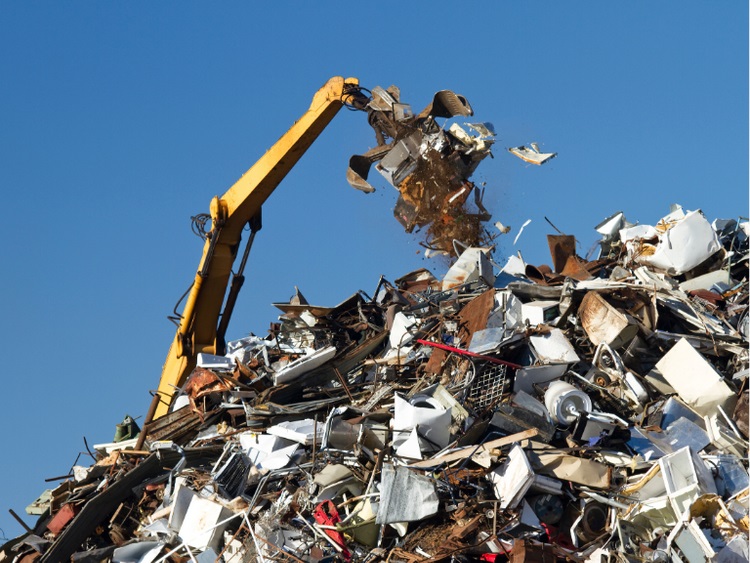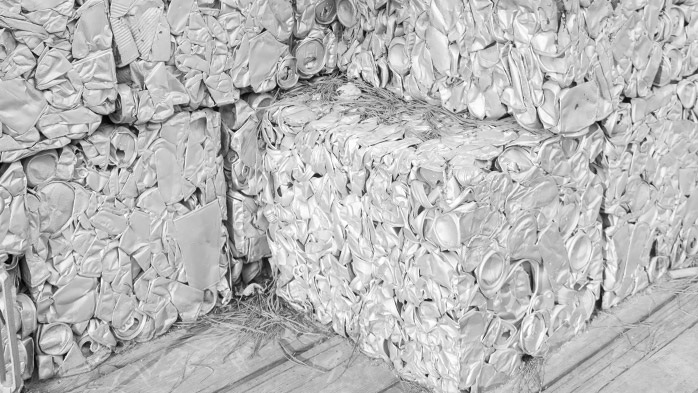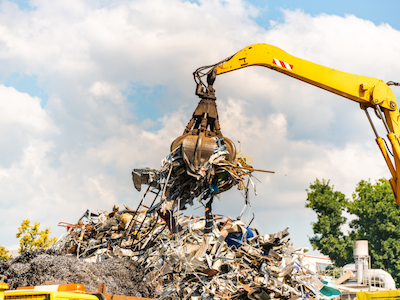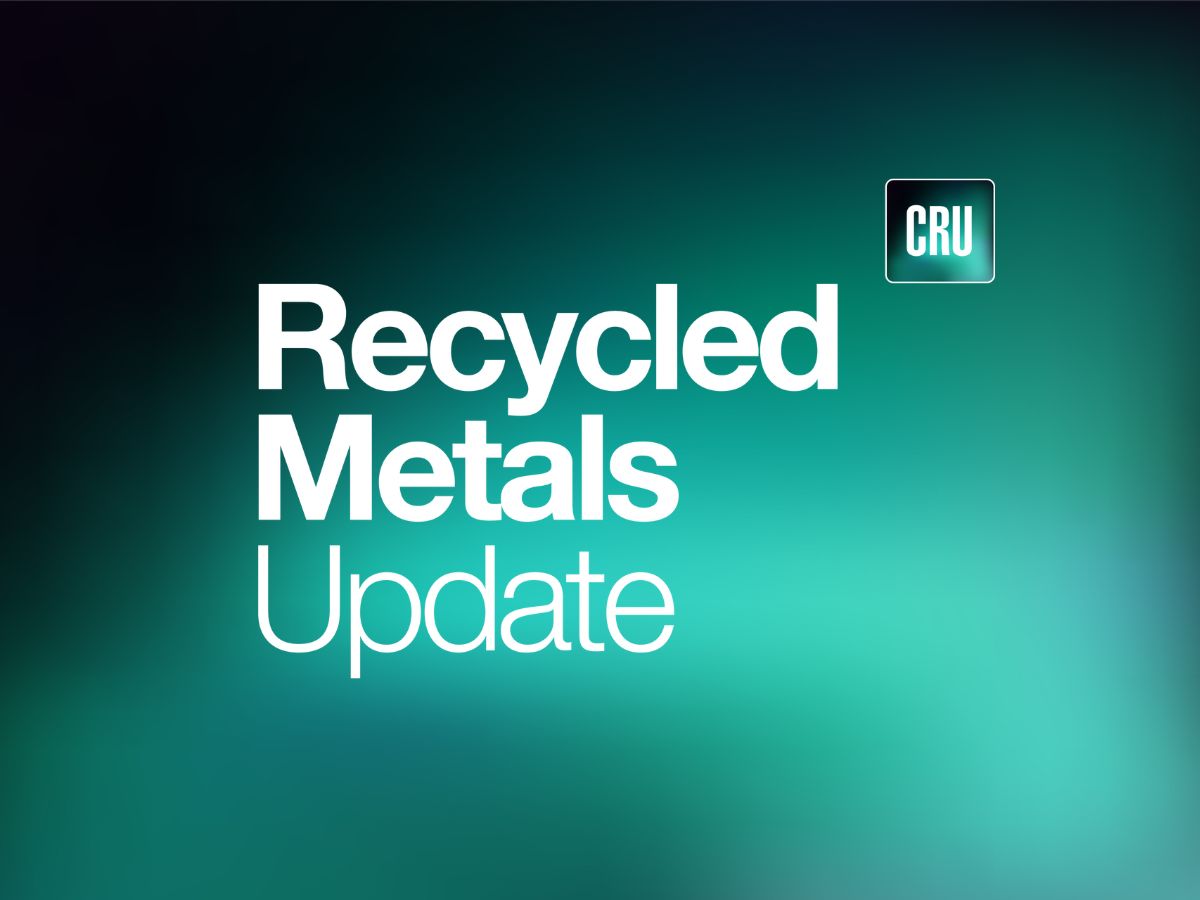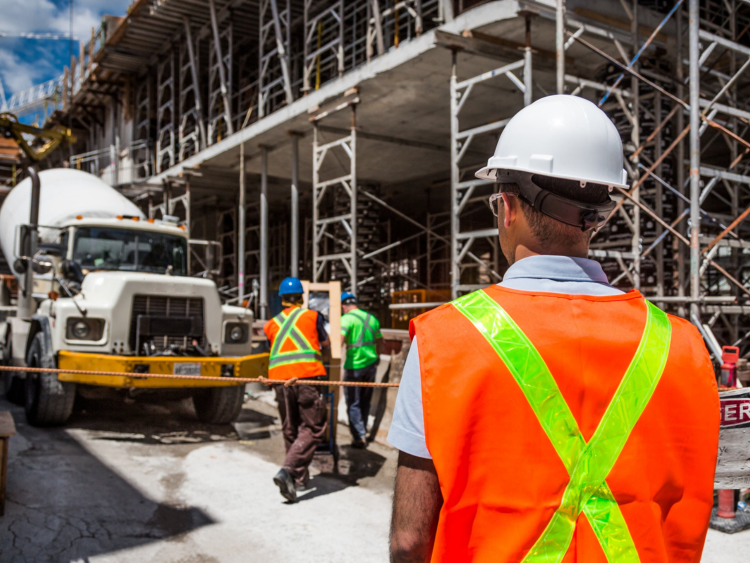Scrap Consumers

July 1, 2024
Import-export pitfalls: The costly mislabeling of pig iron substitutes
Written by Stephen Miller
The trade of using unconventional ferrous raw material substitutes in place of scrap and pig iron to save costs can be complex and fraught with unintended consequences and disappointments. It is crucial for buyers and sellers to ensure the quality of the materials they handle. Recently, RMU has received reports highlighting these concerns.
As many of you may know, imported basic pig iron has become a staple raw material feed for the EAF flat-roll producers in the U.S., Mexico, and Canada over the last 30 years. The North American steel industry imports more than five million tons annually.
Despite the increased use of HBI/DRI, pig iron remains the most widely used grade of ore-based metallics. Primarily used to dilute the residual alloys in ferrous scrap, pig iron is crucial in the production of drawing-quality HRC. Its importance in the steelmaking process cannot be overstated.
One of the drawbacks of using imported pig iron is its relatively high cost compared to domestic scrap. Basic pig iron typically commands a substantial premium over prime scrap. Currently, this premium exceeds $100/gt over #1 Busheling and about $200/gt over #1 HMS on a delivered works basis.
One alternative is HBI/DRI. However, there is not a significant trade flow in North America for HBI/DRI. The production modules for this product are owned by steelmakers who used most of the output themselves, with only a modest tonnage sold into the market.
Another alternative to pig iron is what is called “beach iron,” also known as “pool” or “plate iron” in some markets. Beach iron is produced in the blast furnace during the reduction of iron ore to make pure iron, referred to as “liquid” or “hot pig iron” (sometimes also called “hot metal”).
This liquid pig iron is typically tapped into special railcars and transported to the basic oxygen furnace (BOF) for conversion into steel. If there is an issue preventing the hot pig iron from being charged into the BOF, the liquid metal is dumped into a pit or onto the “beach” where it solidifies into unprepared beach iron. Once solidified, this material is broken into usable sizes and reused in the melting process. Additionally, it can be sold as a low-alloy alternative to prime scrap or imported pig iron.
Given its high Fe and low residuals, it can serve as a substitute or complement to true pig iron or prime scrap. Although it has a lower Fe content than pig iron and contains a minor amount of slag, known as “gangue,” it is sold at a lower price than both prime scrap and pig iron.
This beach iron should not be confused with other types of slag irons that are reclaimed after tapping the slag layer over the iron bath in the blast furnace. While these irons are also recoverable, they do not possess the same Fe content or low residuals as beach iron. These slag irons are known by various names, such as kish iron, desulfurized iron, runner iron and blast furnace iron. True beach iron has an Fe content of approximately 90% whereas these other irons average 75%-80% Fe content (or less) and have higher sulfur levels and other impurities due to the attached slag.
Potential buyers of beach iron need to be aware of these differences, as broken blast furnace or desulfurized can sometimes appear similar to beach iron, leading to confusion if not handled carefully.
RMU has received reports of confusion regarding a shipment of beach iron. According to a source, two cargoes of over 20,000 mt each, purportedly sold as beach iron from the UK to a Mexican steelmaker, encountered issues. During discharge port inspection in February, the first vessel’s cargo was denied environmental approval for two months pending testing.
It was suggested that the cargo consisted of desulfurized iron, an inferior grade to beach iron. The cargo is still awaiting clearance. The second cargo has arrived and is discharging despite the buyer’s wish to cancel the shipment due to the quality of the first cargo. If this material is of the same quality as the first, it’s likely to face similar scrutiny.
RMU has attempted to obtain more information but has not been able to confirm the current status. If the cargoes are not accepted by the buyer, questions arise about where the the material can be resold, whether the buyer paid for these cargoes in advance by letter of credit, and whether the sale contract stipulates that quality determination occurs at the load port and is final.
Desulfurized blast furnace iron has a sulfur level of 0.6%, while the beach iron specification is generally about 0.06% sulfur. It is difficult to imagine any mill accepting this material at any price in the event of a claim or refusal of these cargoes. Needless to say, millions of dollars, euros and/or pesos are at stake.


